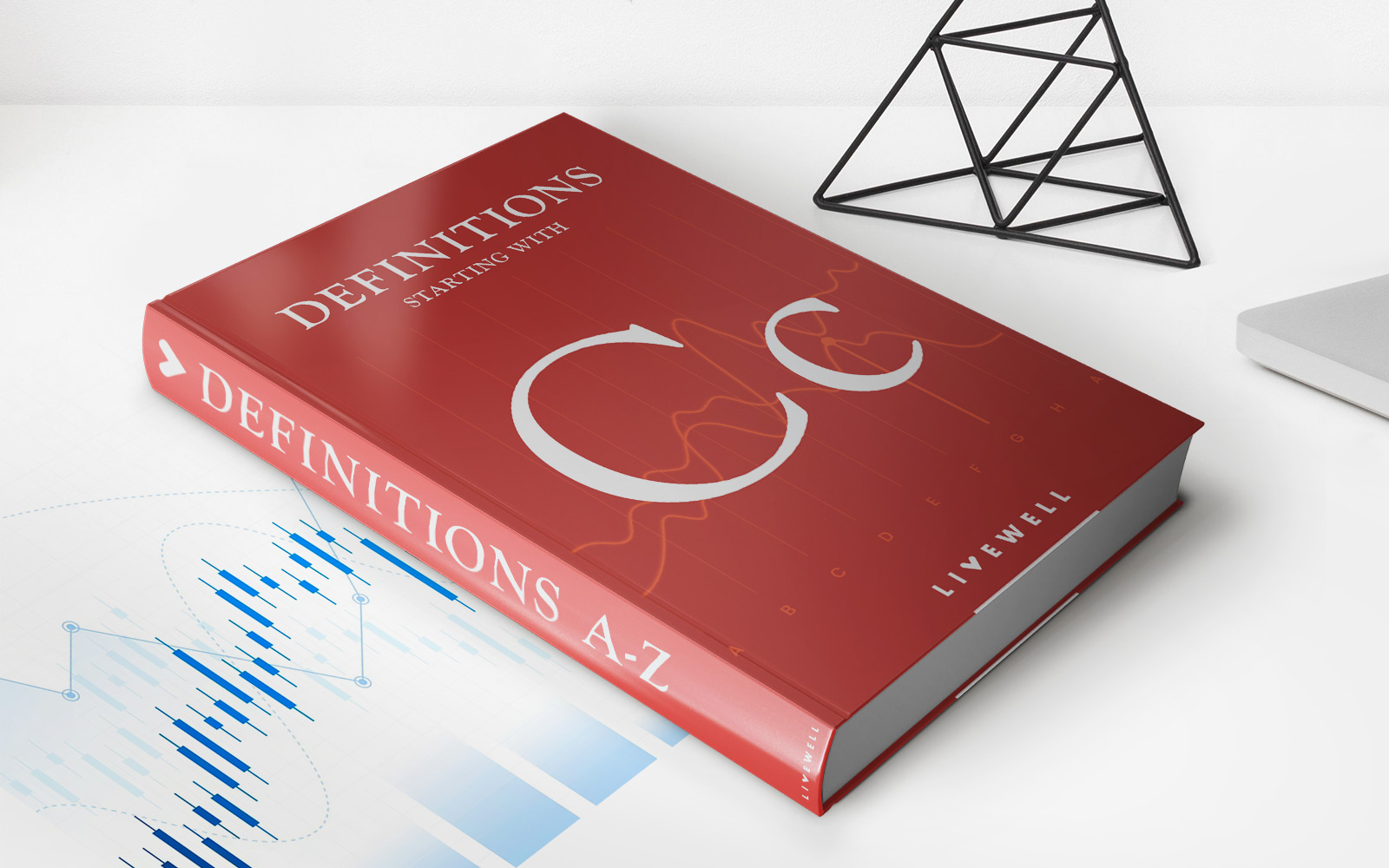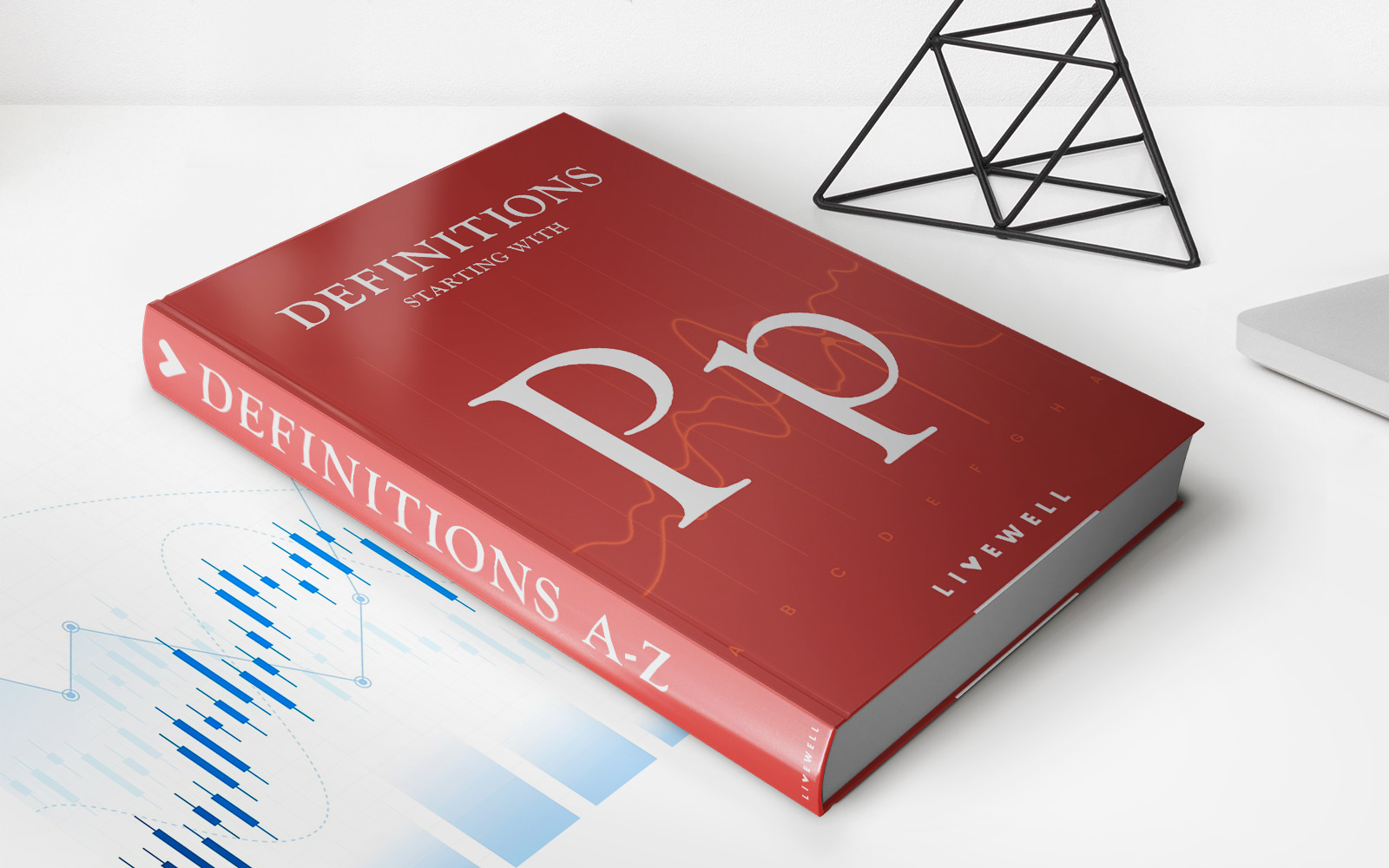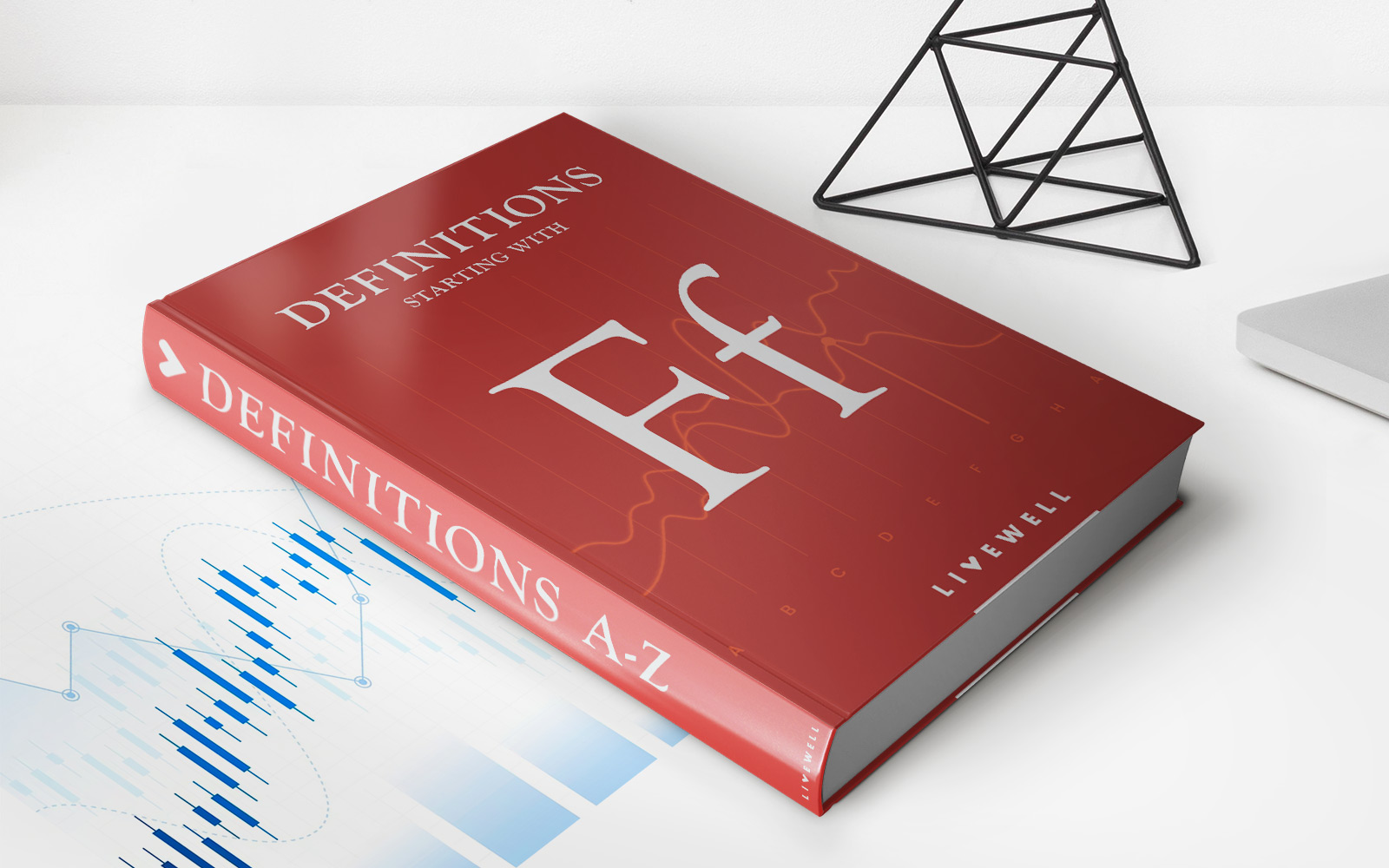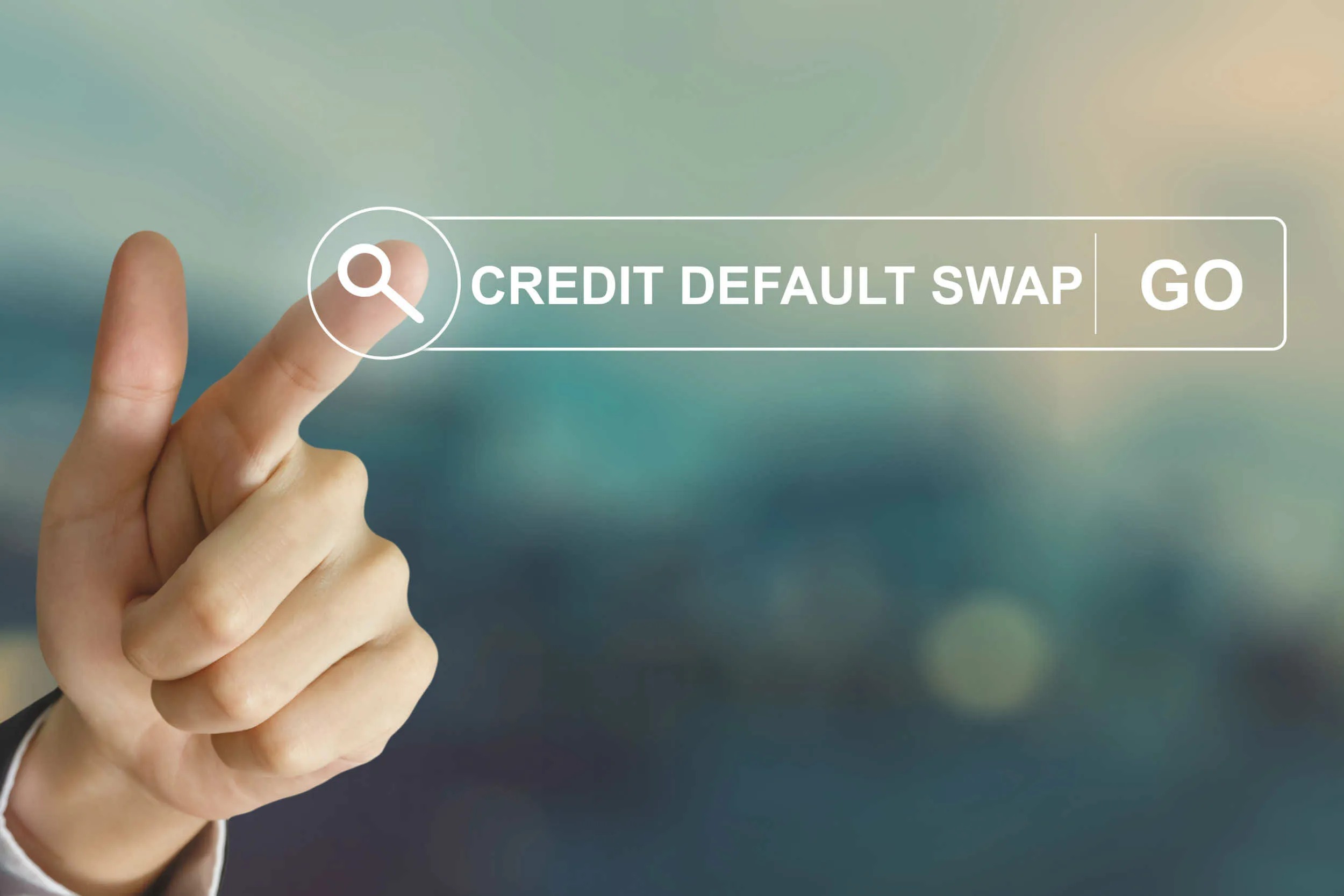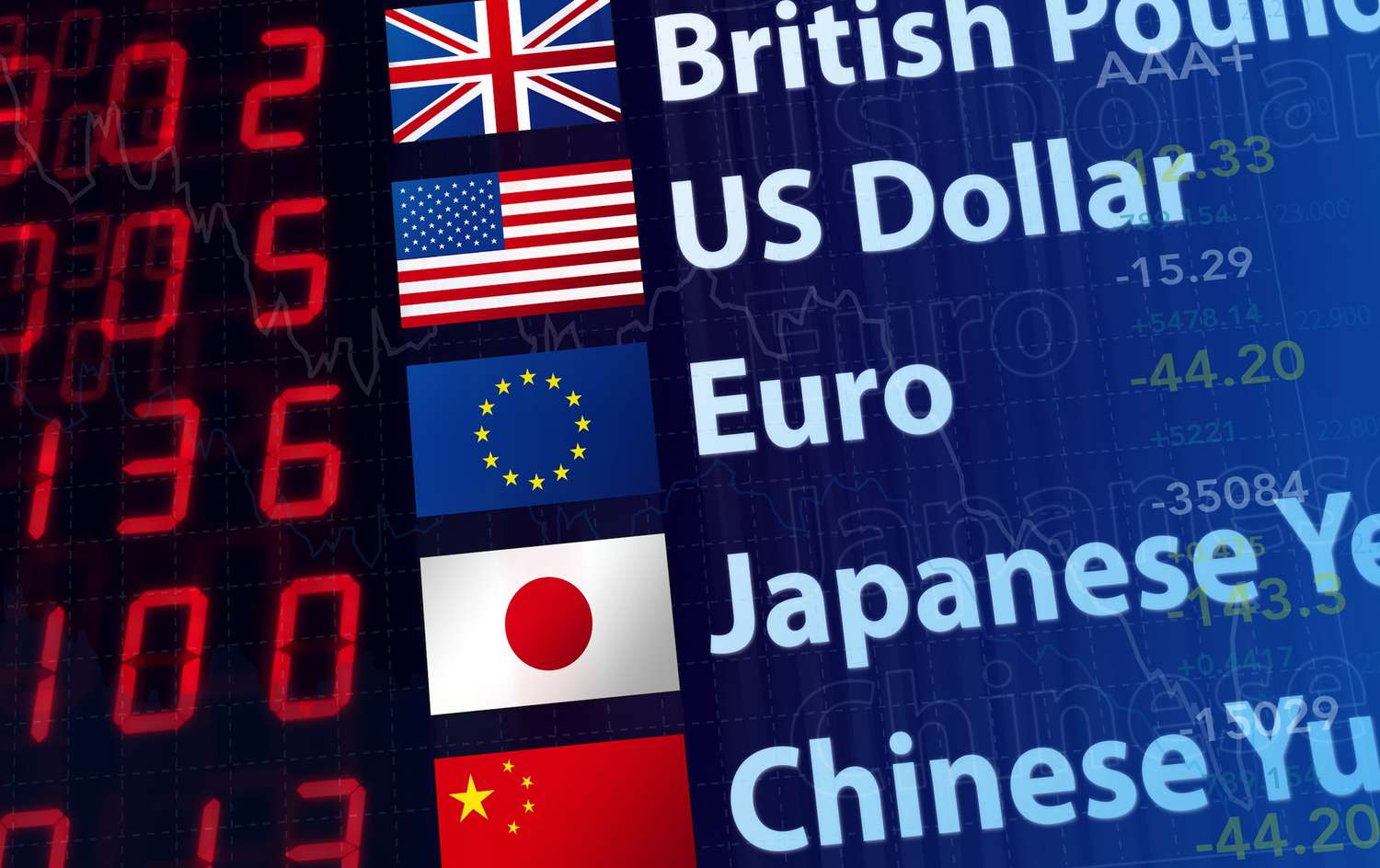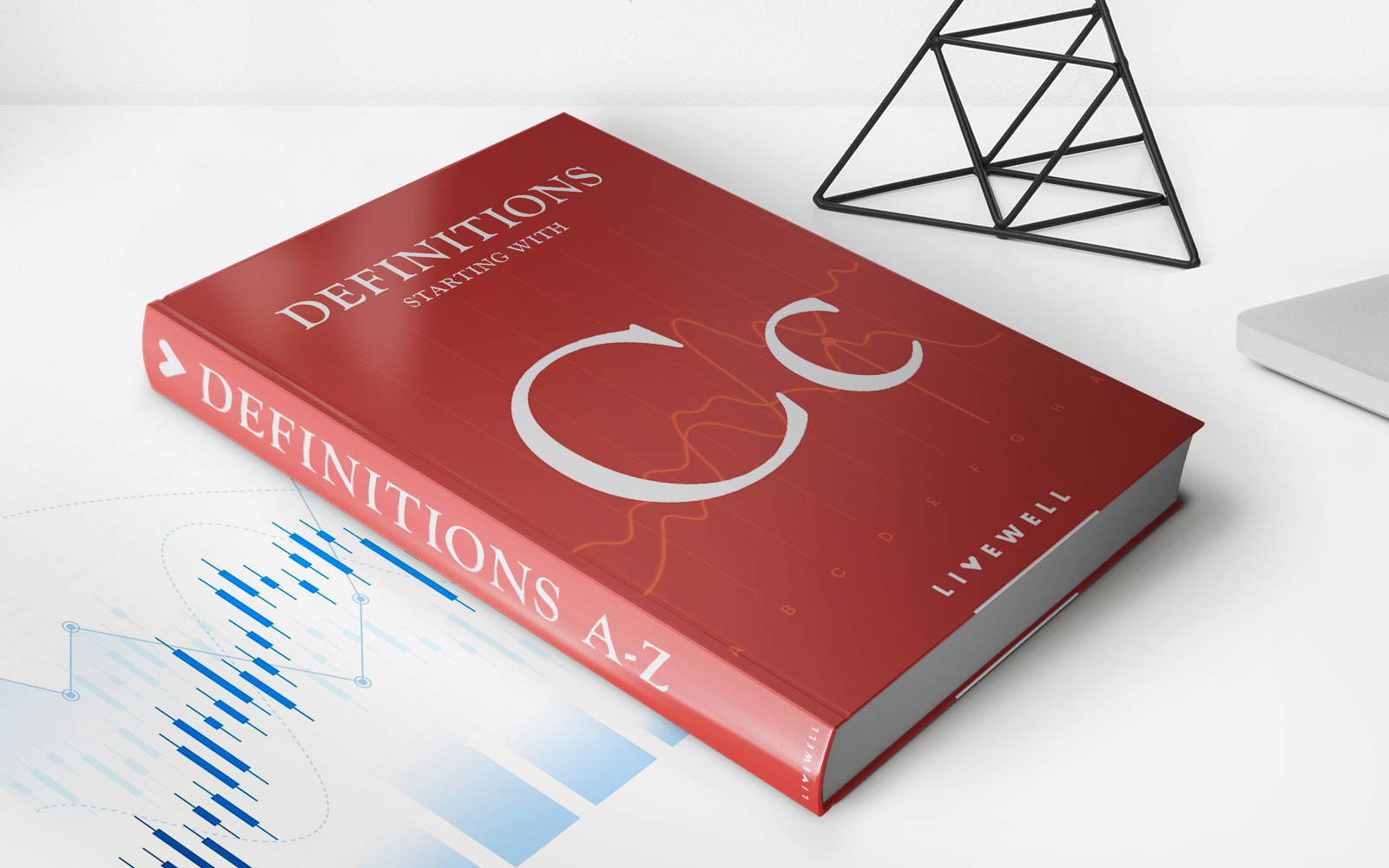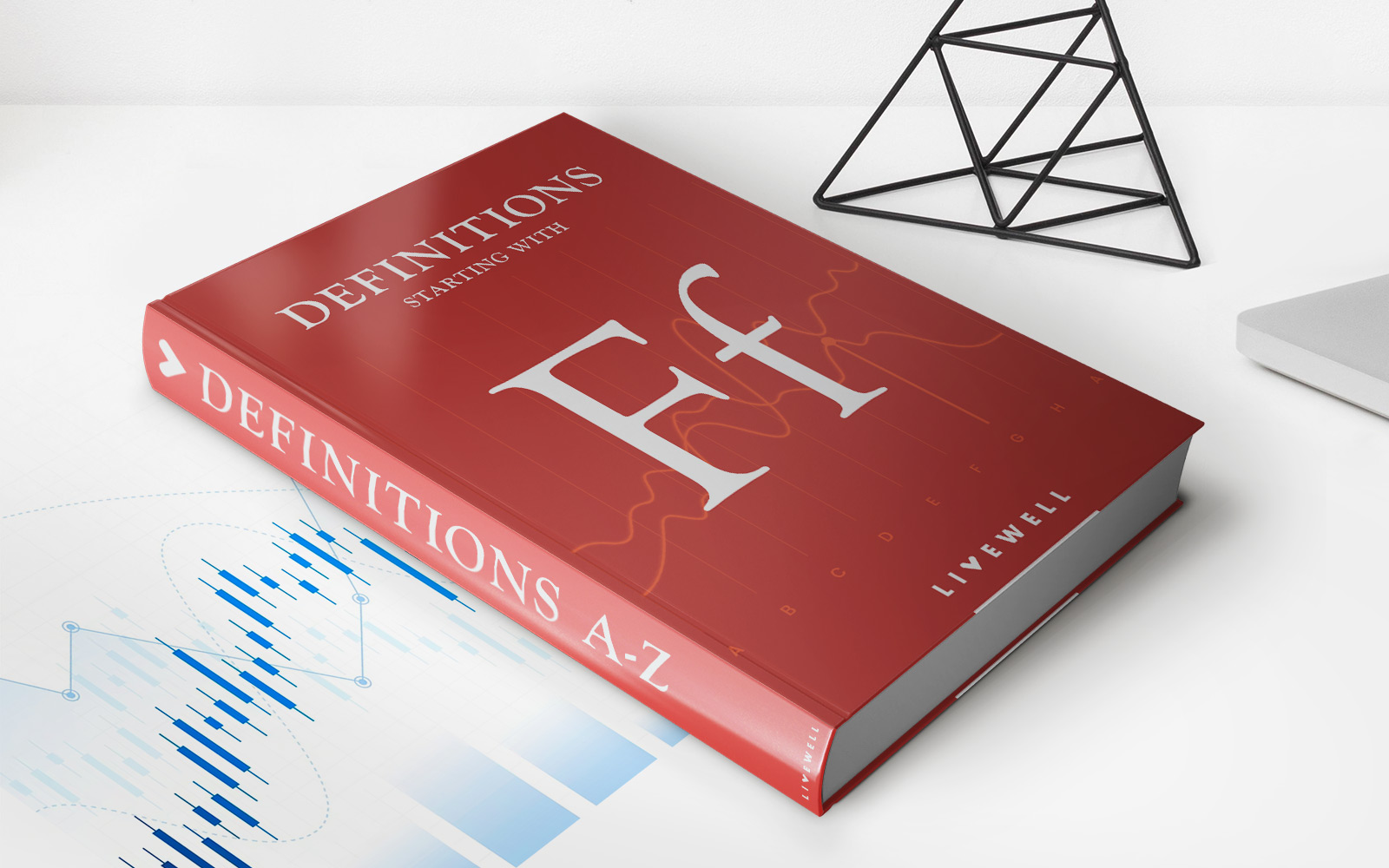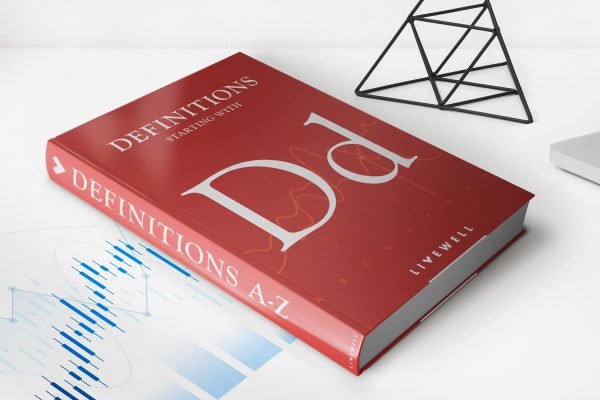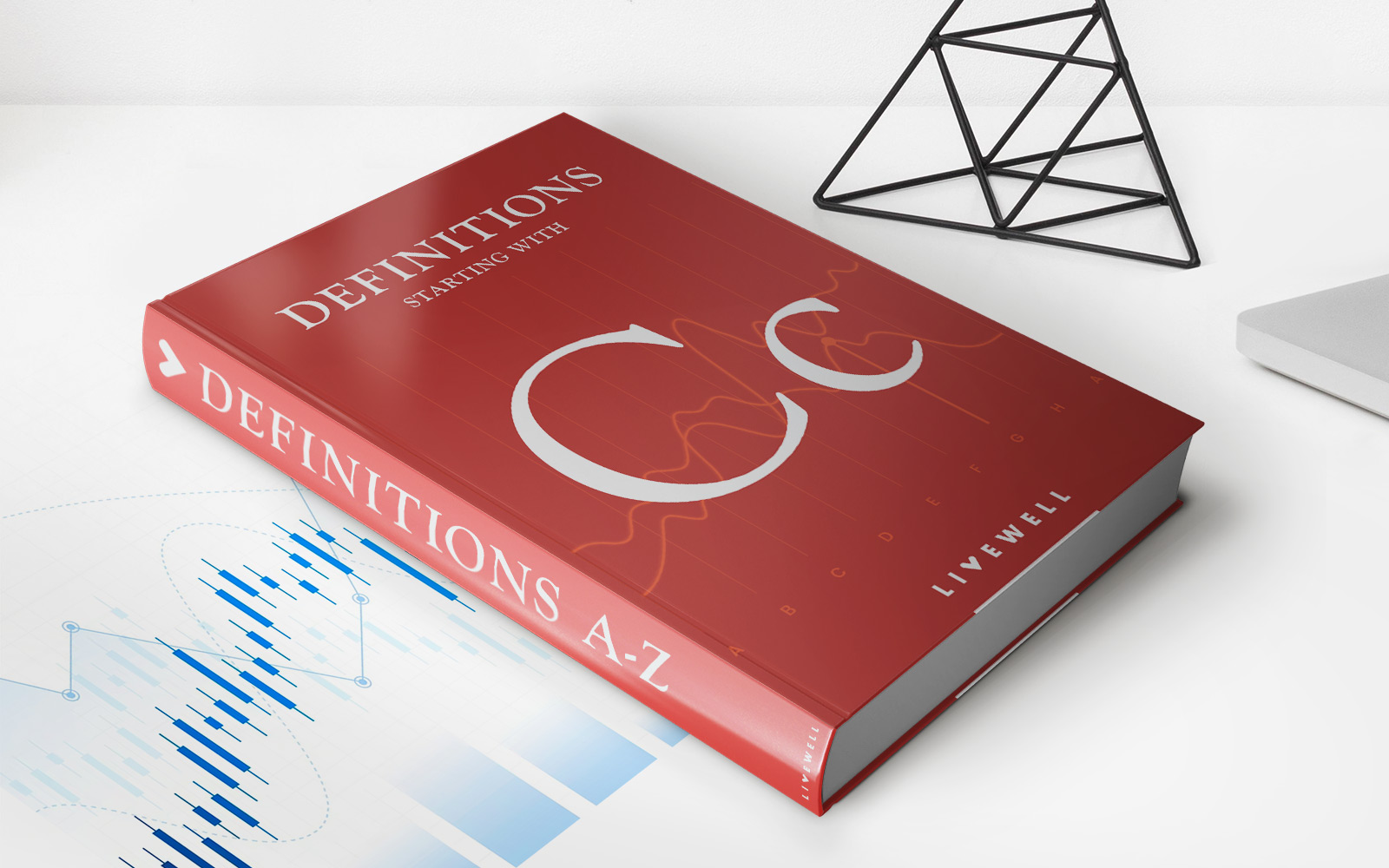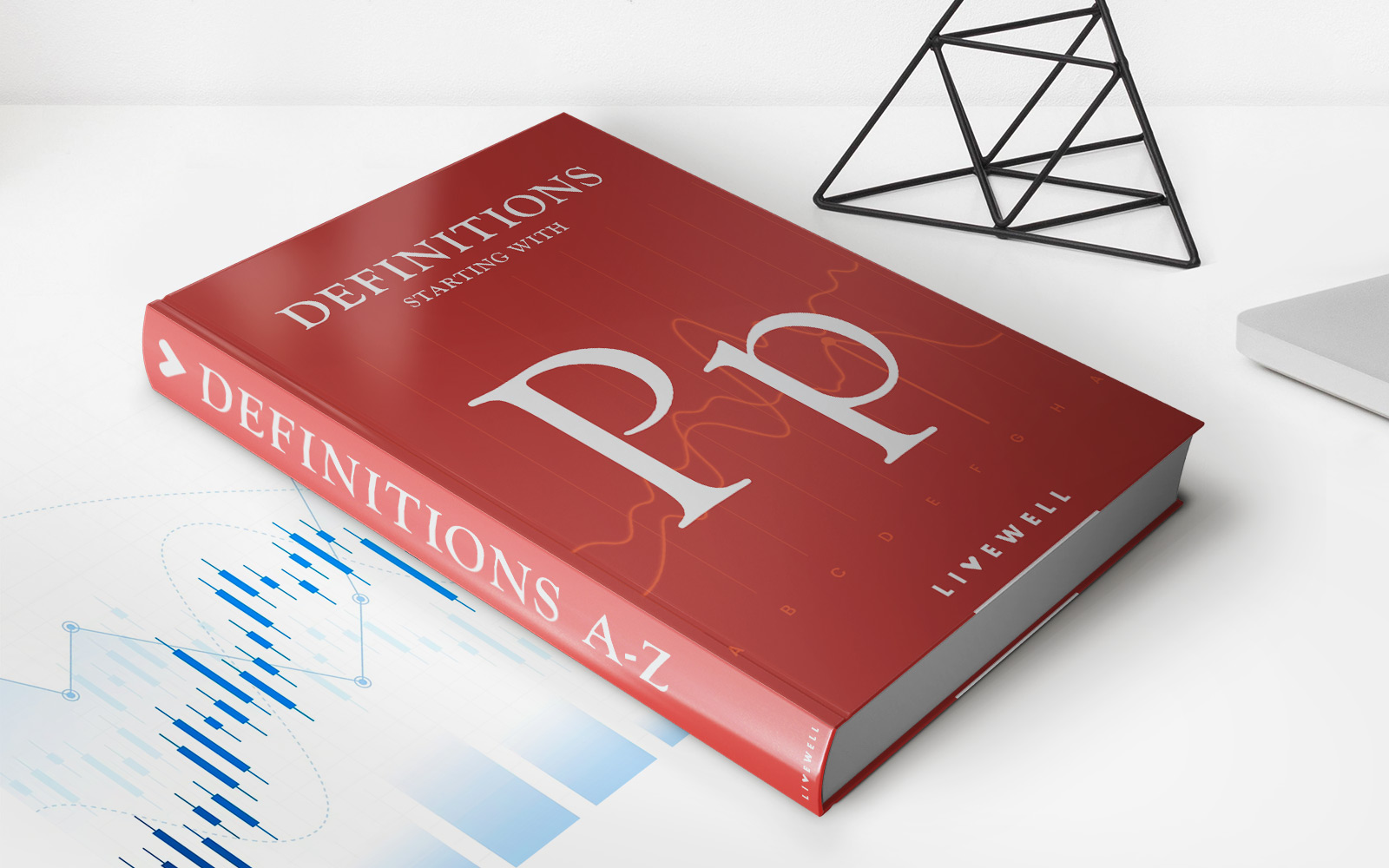Home>Finance>Foreign Currency (FX) Swap: Definition, How It Works, And Types
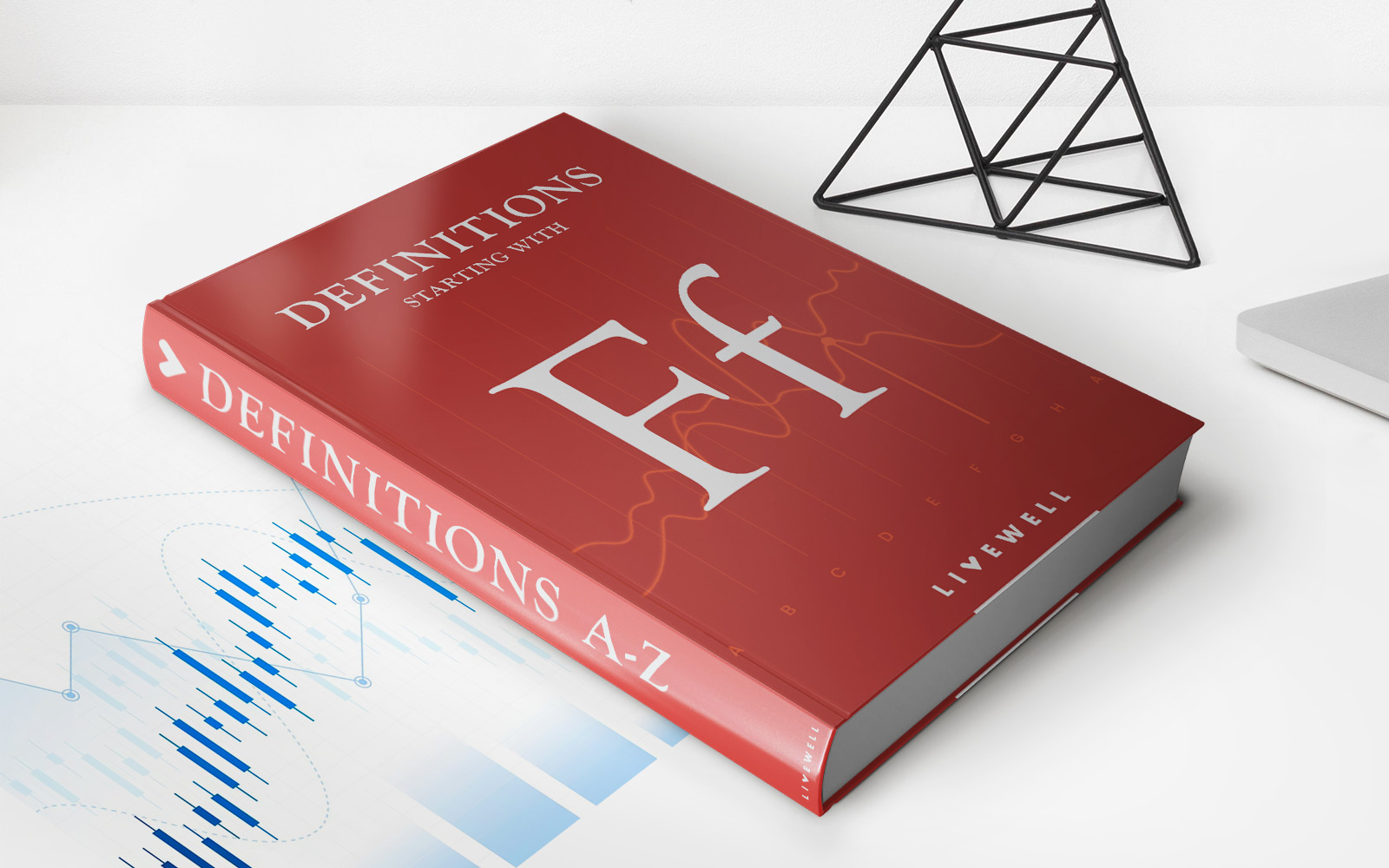

Finance
Foreign Currency (FX) Swap: Definition, How It Works, And Types
Published: November 26, 2023
Learn the definition, process, and types of Foreign Currency (FX) Swap in finance. Understand how this financial instrument works and its significance in global markets.
(Many of the links in this article redirect to a specific reviewed product. Your purchase of these products through affiliate links helps to generate commission for LiveWell, at no extra cost. Learn more)
Foreign Currency (FX) Swap: Definition, How It Works, and Types
Finance is a vast subject that encompasses a range of complex concepts and strategies. One such topic is the Foreign Currency (FX) Swap. In this blog post, we are going to dive deep into the world of FX Swaps, exploring its definition, how it works, and the types of swaps available. By the end of this article, you’ll have a better understanding of FX Swaps and how they can be utilized in the world of finance.
Key Takeaways:
- FX Swaps are financial instruments that allow market participants to exchange one currency for another temporarily.
- They are commonly used by businesses, investors, and central banks to manage foreign exchange exposure, hedge risks, and stabilize currency values.
What is a Foreign Currency (FX) Swap?
A Foreign Currency (FX) Swap is a financial derivative that involves the exchange of two currencies between two parties at an agreed-upon rate, with an obligation to re-exchange the same currencies at a future date. It is essentially a contract that allows participants to exchange different currencies temporarily.
FX Swaps are widely used in the financial markets to manage foreign exchange risk and liquidity. They offer flexibility to market participants by allowing them to effectively convert currencies and manage cash flows in different jurisdictions.
How Does a Foreign Currency (FX) Swap Work?
Let’s walk through a simplified example to understand how a Foreign Currency (FX) Swap works:
- Initial Transaction: Party A borrows a specific amount in Currency A from Party B, while Party B borrows an equivalent amount in Currency B from Party A. This is the initial exchange of currencies.
- Interest Payments: During the swap term, Party A pays interest on the borrowed Currency A to Party B, while Party B pays interest on the borrowed Currency B to Party A. These interest payments compensate the lender for the use of their currency.
- Future Exchange: At the end of the swap term, the parties re-exchange the same currencies at an agreed-upon rate, effectively unwinding the initial transaction.
By using an FX Swap, the parties involved can effectively convert currencies to meet their specific needs. For example, a company in Country A with a contract denominated in Currency B can use an FX swap to convert their Currency A into Currency B, thus fulfilling their contractual obligations.
Types of FX Swaps
There are two main types of FX Swaps:
- Spot-Next Swap: This type of swap involves the immediate purchase or sale of currency for a specific value date, typically the next business day.
- Forward Swap: A forward swap allows market participants to exchange currencies at a predetermined future date and exchange rate. This type of swap is commonly used for hedging and managing future payment obligations.
Both types of swaps offer flexibility and hedging capabilities to market participants, allowing them to effectively manage their foreign exchange exposure and mitigate risks.
In Conclusion
Foreign Currency (FX) Swaps are powerful financial instruments that allow market participants to exchange currencies temporarily. By utilizing these swaps, businesses, investors, and central banks can manage their foreign exchange exposure, hedge risks, and stabilize currency values. Whether it’s a spot-next swap or a forward swap, these instruments offer flexibility and liquidity in the ever-changing world of finance. So, next time you come across an FX Swap, you’ll have a better understanding of their purpose and how they work!
